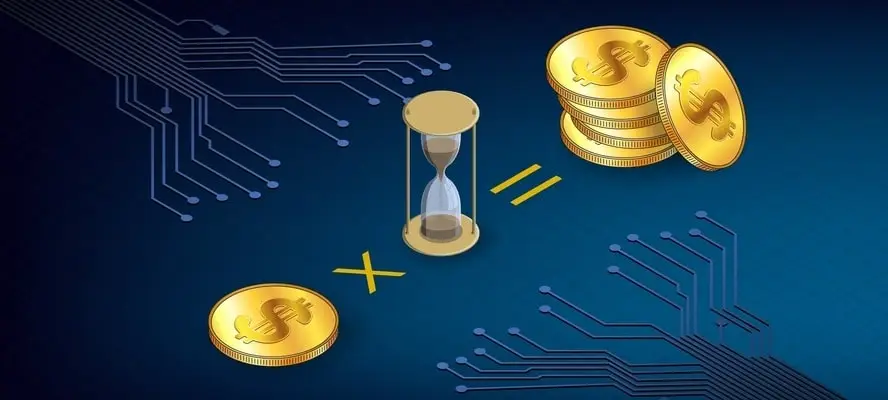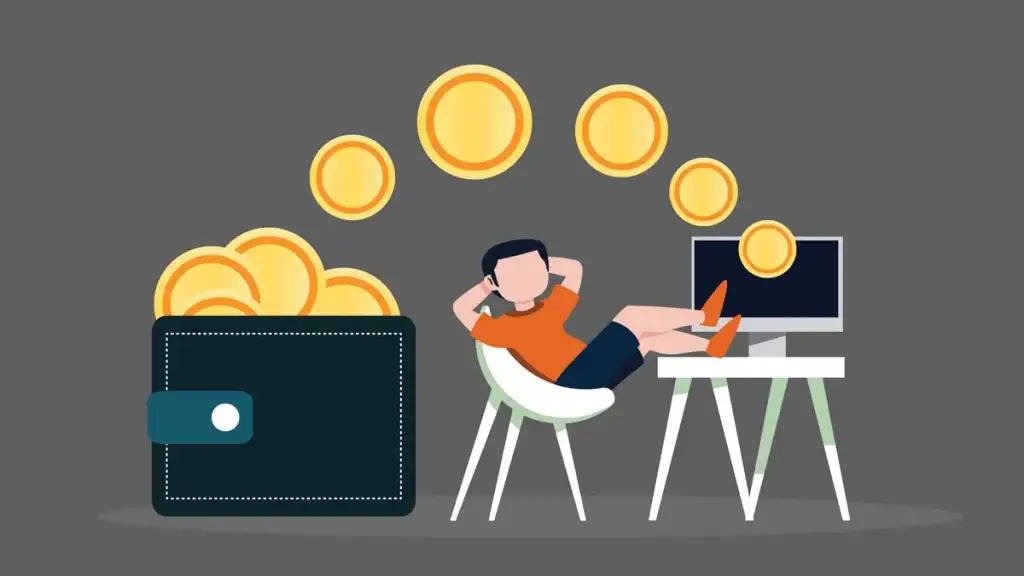The cryptocurrency market offers increasing opportunities for passive income. Staking is becoming one of the most popular cryptocurrency strategies, but it is not just a way to ‘earn income from the couch’. It is a complete system where users lock their assets to support the blockchain and receive rewards for doing so. Unlike classic mining, where you have to spend money on expensive equipment and electricity, staking offers a simpler and more environmentally friendly way to support the network.
The concept of staking is comparable to a bank deposit: assets are locked up for a certain period and, in return, the user receives interest. But in the world of cryptocurrencies, things work differently: blockchains use the Proof-of-Stake (PoS) consensus algorithm, which replaces energy-intensive mining. Today, staking has become especially relevant in the context of an increasing number of blockchain networks supporting this method.

What is staking, and how does it work?
Understanding the basics of staking is the key to effectively using this strategy to earn passive income in cryptocurrencies. It is a process in which users lock a certain amount of coins to support the operation of a blockchain network based on the Proof-of-Stake (PoS) algorithm or its variations.
Staking mechanism: How coins work on the blockchain
Staking involves a user locking their cryptoassets in a wallet or on a platform to validate transactions. Validators are network participants who confirm transactions and add them to the blockchain. For this, they receive rewards in the form of new coins or commissions. For example, the Ethereum network switched to PoS in 2022, which reduced energy costs and made the process more accessible.
Feature: The more coins a user blocks, the higher the chance of becoming a validator and receiving revenue. Cryptocurrency staking is a mechanism to maintain network decentralisation without requiring high computing power.
Where to bet on cryptocurrencies: platforms and exchanges
 Today’s market offers many options for asset allocation. The choice depends on the level of trust, commission and ease of use.
Today’s market offers many options for asset allocation. The choice depends on the level of trust, commission and ease of use.
Popular staking platforms:
- Binance. One of the largest cryptocurrency exchanges offering staking of many coins with different conditions. User-friendly interface and high liquidity make Binance an ideal choice for beginners.
- Kraken. Known for its transparent conditions and wide selection of cryptocurrencies for staking. Average return is 4% to 20% per annum.
- Coinbase. A popular platform among US and European users. Convenient mobile interface and regular payments make it one of the most popular methods of staking.
Staking cryptocurrencies is an opportunity to receive stable income without complex operations. It is enough to choose a reliable platform, block assets and monitor the growth of the balance.
Profitability of staking: How much can you earn in 2024?
The mechanism attracts investors with promises of passive income. But how much can you really earn from blockchain cryptocurrencies? Profitability depends on several factors: the type of coin, the blocking period, the size of the platform’s commission and the overall network activity.
Examples of profitability of popular coins:
- Ethereum (ETH): after switching to PoS, the average return is 4-5% per year.
- Cardano (ADA): one of the leaders in popularity for staking. The average return is 5-7% per year.
- Polkadot (DOT): high yield: up to 12% per year, but requires a minimum amount of staking.
Staking is a cryptocurrency tool for those who want to make a profit without selling their assets. However, it is important to note that profitability may vary depending on market conditions and the activity of network participants.
Investment risks: the dark side of passive income
Despite its attractiveness, staking carries certain risks. Failure to understand these risks can result in loss of assets and income.
Key risks:
- Falling cryptocurrency exchange rates. Even if the yield is high, a sharp fall in the value of the currency can lead to losses.
- Locking of assets. During staking, assets cannot be sold or exchanged. This limits the flexibility of investment management.
- Technical failures. Malfunctions in the operation of the platform or networks can result in loss of funds.
Staking vs. Mining: What is the difference and what to choose?
These are two ways to earn income in cryptocurrencies, but their mechanics are significantly different.
Differences between staking and mining:

- Energy costs. Mining requires specialised equipment (ASICs, GPU farms) and high energy costs to perform complex calculations. Staking works with the Proof-of-Stake algorithm, where the blockchain confirms transactions without high energy costs, making the process environmentally friendly and energy efficient.
- Availability. Mining requires a significant investment in equipment, maintenance, cooling and space to house it. Staking allows you to participate in supporting the network with a minimum amount of coins, storing them in a wallet or on the platform, making it accessible even for beginners.
- Reward. In mining, the reward depends on the computing power, the speed of problem solving and the current complexity of the network. In staking, the amount of reward is determined by the number of coins blocked, the duration of the blockade and the conditions of the platform, which allows you to earn income without technical difficulties and constant monitoring.
Conclusion
 Staking is a tool that opens the door to passive income in the world of cryptocurrencies. This is an opportunity to make coins work for you and at the same time support the functioning of blockchain networks. In 2024, staking will continue to gain popularity due to its simplicity, accessibility and environmental friendliness. The key is to understand the risks, choose reliable platforms and do not invest more than you can afford to lose.
Staking is a tool that opens the door to passive income in the world of cryptocurrencies. This is an opportunity to make coins work for you and at the same time support the functioning of blockchain networks. In 2024, staking will continue to gain popularity due to its simplicity, accessibility and environmental friendliness. The key is to understand the risks, choose reliable platforms and do not invest more than you can afford to lose.
 en
en  ru
ru  de
de  ar
ar  es
es  hi
hi  fr
fr  nl
nl  it
it  pt
pt  el
el 



